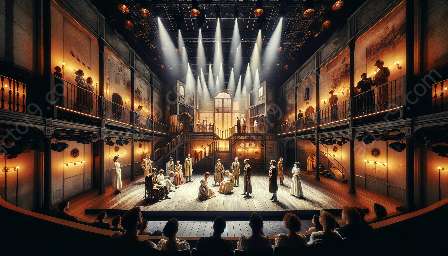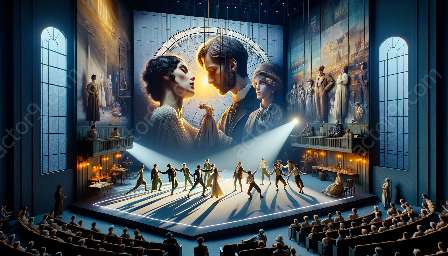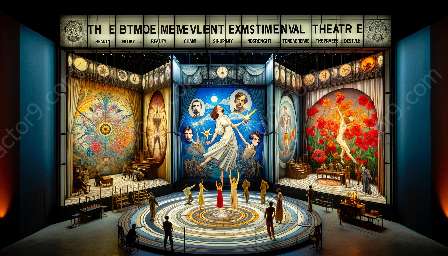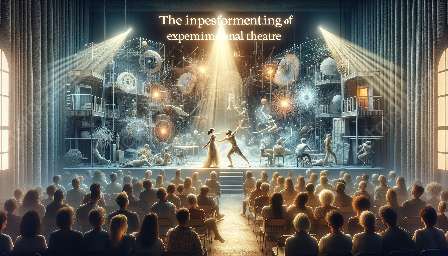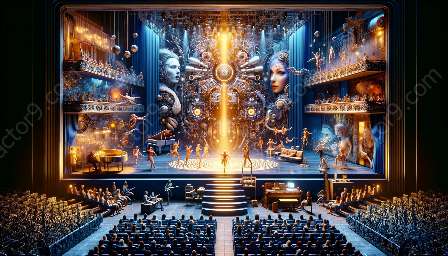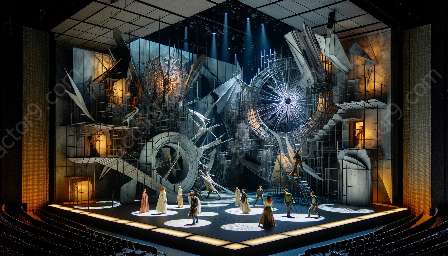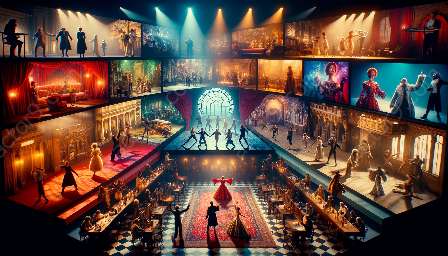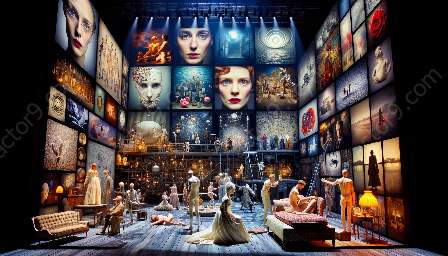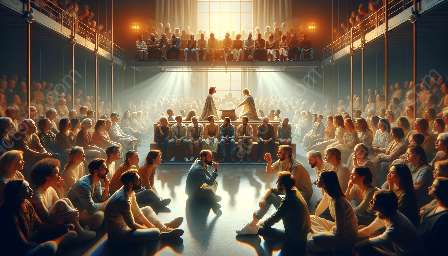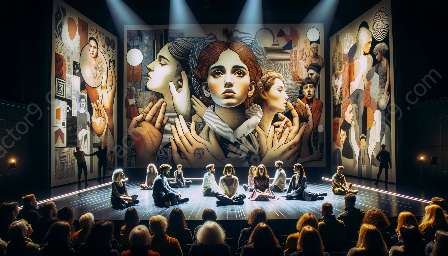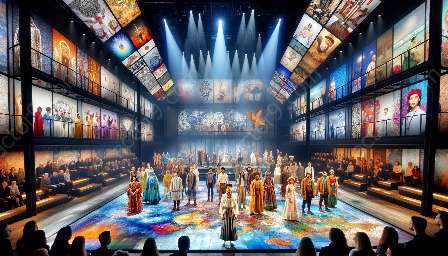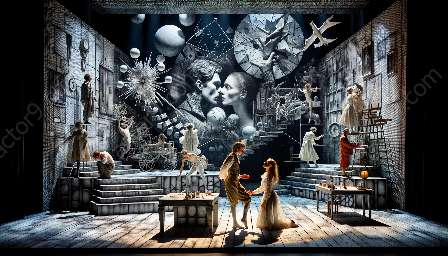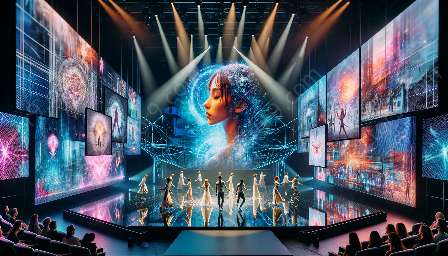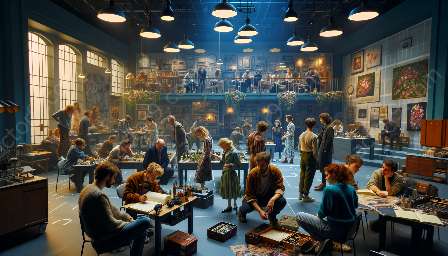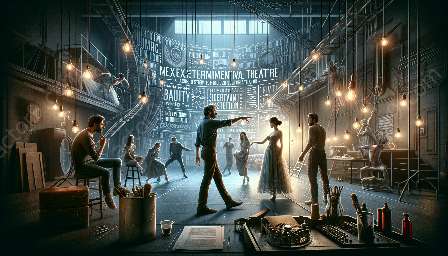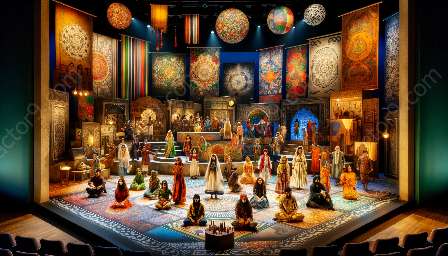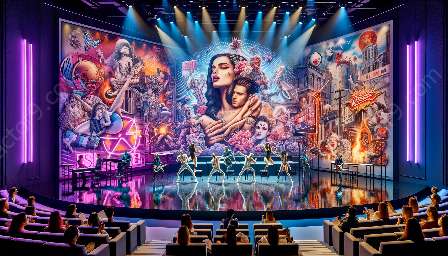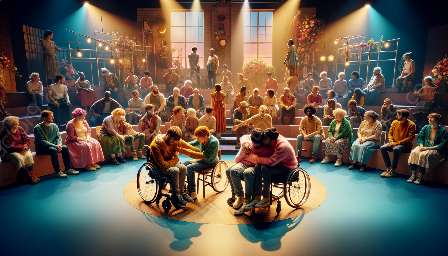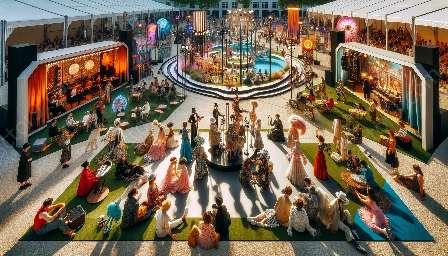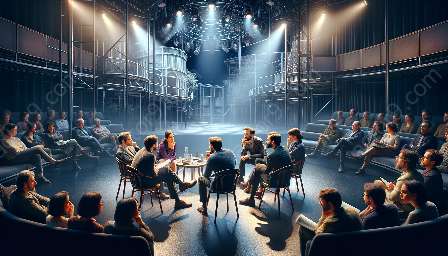The development of experimental theatre is intricately linked to the spaces in which it is performed. Different theatrical spaces, ranging from traditional proscenium stages to non-conventional venues, play a vital role in shaping the artistic vision and form of experimental theatre around the world.
Understanding Experimental Theatre
Experimental theatre is a dynamic and boundary-pushing genre that seeks to challenge traditional norms and conventions. It often incorporates unconventional storytelling techniques, non-linear narratives, audience interaction, and multimedia elements. This form of theatre places a strong emphasis on innovation, creativity, and exploration of new modes of expression.
Impact of Traditional Theatres
In many parts of the world, traditional proscenium stages have been the go-to venues for theatrical performances. However, for experimental theatre practitioners, these spaces may present limitations. The fixed layout and audience-seating arrangements of proscenium stages can restrict the immersive and interactive elements that are integral to experimental theatre.
Despite these constraints, some experimental theatre artists have embraced traditional theatres and creatively reimagined the use of space. They may utilize unique staging configurations, transform the audience seating, or incorporate site-specific elements to disrupt the conventional proscenium setting.
Non-Conventional Venues and Site-Specific Theatre
One of the hallmarks of experimental theatre is its propensity to break away from the confines of traditional venues. Non-conventional spaces such as abandoned buildings, warehouses, outdoor locations, and pop-up performance areas serve as fertile ground for pushing the boundaries of theatrical expression.
Site-specific theatre, a subset of experimental theatre, thrives on the symbiotic relationship between the performance and the chosen space. By immersing the audience in unique and unexpected environments, site-specific theatre challenges preconceived notions of theatrical presentation and blurs the lines between art and everyday life.
Cultural and Regional Influences
Experimental theatre evolves in diverse ways across different cultures and regions, each shaped by its unique historical, social, and political contexts. The availability and accessibility of theatrical spaces greatly impact the development of experimental theatre within specific geographical locations.
In some regions, the scarcity of traditional theatres may compel experimental theatre practitioners to seek out alternative spaces, leading to the emergence of inventive and unconventional performance venues. These spaces may range from intimate black box theatres to open-air communal gathering areas, fostering a sense of intimacy and immediacy between the performers and the audience.
Technological Integration
The integration of technology and multimedia elements in experimental theatre further amplifies the significance of the performance space. Non-traditional venues offer opportunities for experimentation with projection mapping, interactive installations, and immersive soundscapes, enhancing the sensory experience for audiences and challenging the perceived boundaries of theatrical spaces.
Global Perspectives on Experimental Theatre Spaces
Across the globe, experimental theatre spaces vary widely, reflecting the diverse cultural landscapes and artistic movements of different regions. From avant-garde performance art spaces in vibrant urban centers to remote outdoor settings that embrace the natural environment, experimental theatre thrives on the flexibility and adaptability of its performance spaces.
Exploring experimental theatre spaces in different parts of the world offers a rich tapestry of innovative approaches, architectural ingenuity, and the fusion of traditional and contemporary performance settings. It highlights the interconnectedness of experimental theatre with cultural identities, social dynamics, and the evolving relationship between performers and audiences.
Conclusion
The influence of different theatrical spaces on the development of experimental theatre is a testament to the malleability and adaptive nature of this dynamic art form. Embracing diverse performance venues and redefining the boundaries of traditional spaces, experimental theatre continues to push the envelope of artistic expression, inviting audiences to participate in immersive and thought-provoking experiences that transcend the confines of conventional theatrical settings.

